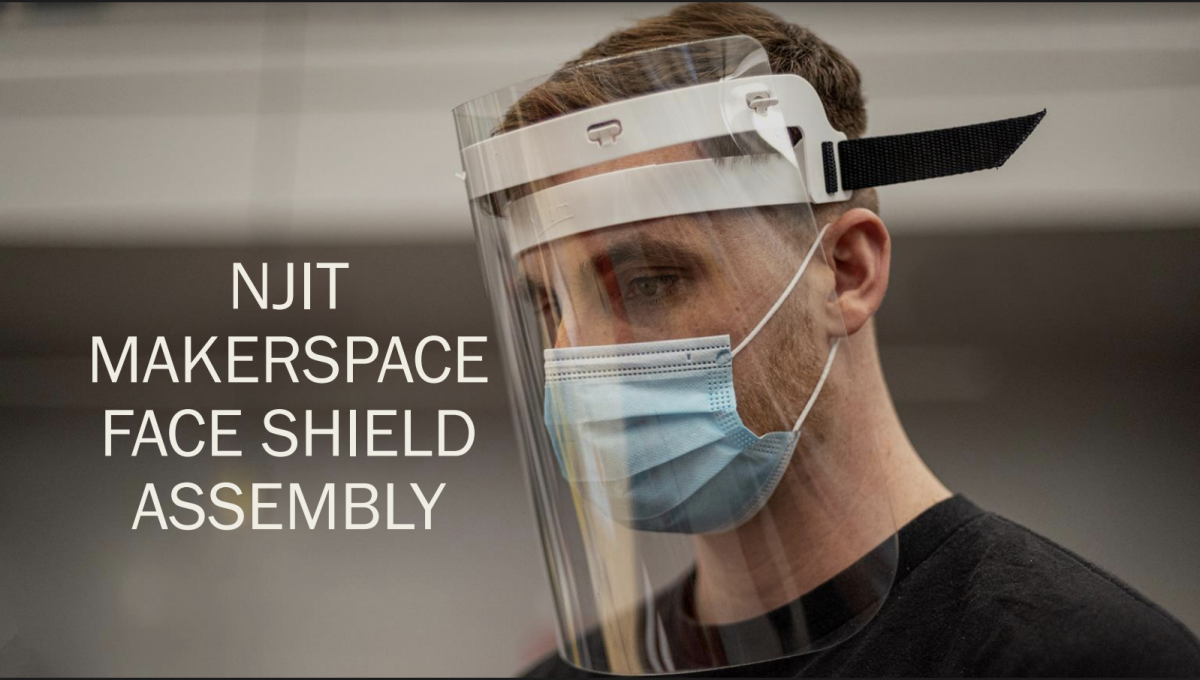Through a journal publication on February 22nd and a news briefing at the NASA headquarters in Washington, NASA revealed that its Spitzer Space Telescope discovered the first known system of seven Earth-sized planets around a single star. Of the seven, three planets are located in the habitable zone, which is the optimal distance for a planet to be located from a star for liquid water to be found.
The discovery has set a new record for the greatest number of habitable planets found around a star. The planets are around 40 light-years, or 235 trillion miles, away from Earth, and are orbiting around a star in the constellation Aquarius. Because these planets are located outside of the solar system, they are called exoplanets.
Since the Transiting Planets and the Planetesimals Small Telescope (TRAPPIST), located in Chile, was the first to report the presence of the exoplanet system, the system has been named TRAPPIST-1. In May 2016, researchers using TRAPPIST announced they had discovered three Earth-like planets in the system. Assisted by several ground-based telescopes, including the European Southern Observatory’s Very Large Telescope, the Spitzer telescope confirmed the existence of two of these planets and discovered five additional ones, increasing the number of known planets in the system to seven.
NASA developed the first estimates of the masses and densities of six out of seven of the planets. Based on this data, the TRAPPIST-1 planets were determined to be rocky. More data is needed in regards to the seventh planet, but scientists speculate that it could be an icy, snow-covered world. Further observations will help determine whether the planets have sources of liquid water.
Thomas Zurbuchen, the associate administrator of the agency’s Science Mission Directorate in Washington, said that “this discovery could be a significant piece in the puzzle of finding habitable environments, places that are conducive to life.”
Michelle Gillon, the lead author of the paper and the principal investigator of the TRPPIST exoplanet survey at the University of Liege, Belgium, said that the new planets are the “best target for studying the atmospheres of the potentially habitable Earth-size worlds.”


































Marc Troyer • Mar 20, 2017 at 4:58 am
No NASA did not discover 7 habitable planets and if you knew how to read you would know that ! 3 of them are supposedly ” potentially habitable ” big difference when you understand words ! I will also point out that its a flat out lie ! Nasa knows that star is far far far to young to host a habitable planet ! The system is between 500 million and 1 billion years old meaning the planets are newly formed planets and cant possibly have life ! They are misleading us intentionally and I want to know why ?